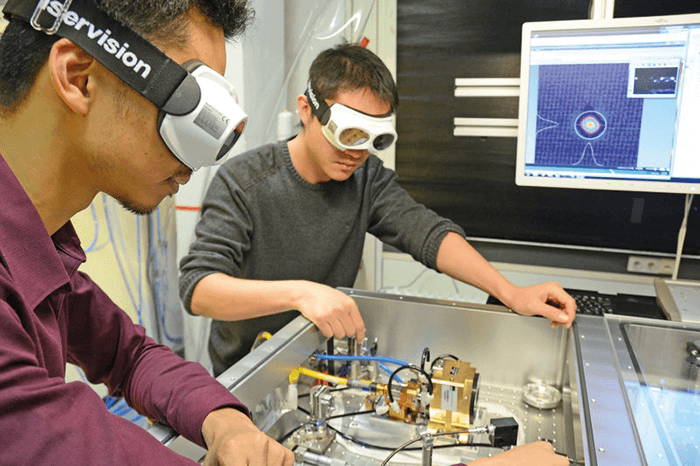What?
A new broadband light source that can produce infrared light in the 4.5–20 µm region, based on a powerful disk-based oscillator.How?
The thin disk is pumped by a thulium-doped fiber laser emitting at 1908 nm, “resulting in a much smaller quantum defect and up-conversion process compared to the traditional Ho/Tm co-doped system” (1). The result? Optical-to-optical efficiency of 22 percent.
Who?
The source is the result of a long-term collaboration between laser technology company Trumpf, and Ference Krausz and Oleg Pronin from the Max-Planck Institute of Quantum Optics, as well as researchers from Ludwig-Maximilians University, Munich.What next?
The team believes that this development has great potential within a wide variety of spectroscopic techniques. “Time resolved pump-probe spectroscopy, scattering near-field optical microscopy and potentially dual-comb spectroscopy will benefit from the improved coverage and increased power,” the research paper states (1). In particular, they believe the new source “holds promise for better specificity for biomedical applications.”References
- 1J Zhang et al., “Multi-mW, few-cycle mid-infrared continuum spanning from 500 to 2250 cm-1”, Light Sci Appl, 7, 17180 (2018).




